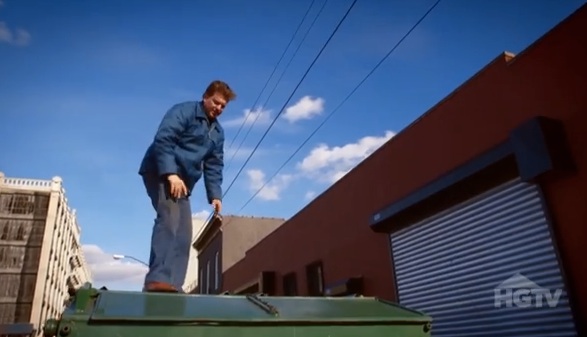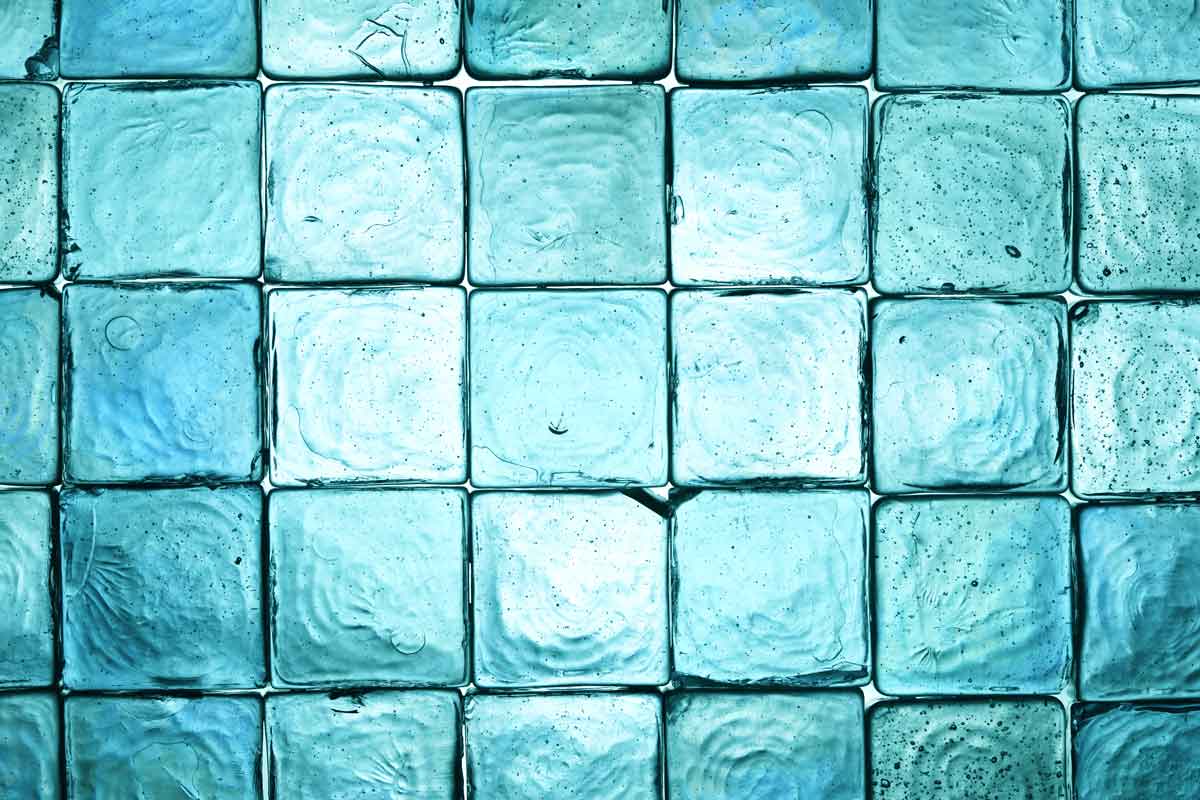
ShutterstockThe Fukushima ice wall would not look anything like this.
It’s been almost two and a half years since the meltdown at the Fukushima nuclear plant and the place is still a huge, scary mess.
Here’s how The New York Times introduced this week’s grim news from the plant:
First, a rat gnawed through exposed wiring, setting off a scramble to end yet another blackout of vital cooling systems at the Fukushima Daiichi nuclear plant. Then, hastily built pits for a flood of contaminated water sprang leaks themselves. Now, a new rush of radioactive water has breached a barrier built to stop it, allowing heavily contaminated water to spill daily into the Pacific.
It turns out that radioactive water has been spilling into the sea almost since the initial disaster, at a rate of 75,000 gallons, or 300 tons, a day.
So now Tokyo Electric Power Company, or TEPCO, which owns the plant, has a plan to build an underground wall of frozen earth to stop the radioactive water leakage. NPR explains:
[T]o understand, you need to know the geography of Fukushima. There are three melted down reactors, and they’re all right on the coast. To the west, you have mountains. To the east, you have ocean. And so what’s happening is groundwater flows downhill. It flows down through the ruins of the plant and then flows out to the sea. …
So now, TEPCO has proposed literally creating a wall of ice around the plant. And what they’re talking about is not a wall above ground, but freezing the ground around the plant to stop water from flowing in. …
So the basic idea is that they run piping into the ground and they put coolant in the piping and that freezes the earth around the pipes, and it all sort of gradually forms together into a wall. This is something that civil engineers see sometimes, but it’s not that common. And certainly, the way they’re talking about using it in Fukushima is unprecedented. This wall will be nearly a mile around according to TEPCO. It would require more than 2 million cubic feet of soil to be frozen. But if it worked, then it may be the only way to keep water from flowing into the plant and contaminated water from flowing out.
The New York Times points out another challenge: “the wall will need to be consistently cooled using electricity at a plant vulnerable to power failures. The original disaster was brought on by an earthquake and tsunami that knocked out electricity.”
Japanese Prime Minister Shinzo Abe, fed up with continued ineptitude and deception from TEPCO, said this week that his government will get involved in the cleanup. It’s not clear what that involvement will look like, but it may include helping to fund the frozen wall — no small thing, as it’s expected to cost between $300 million and $400 million.



